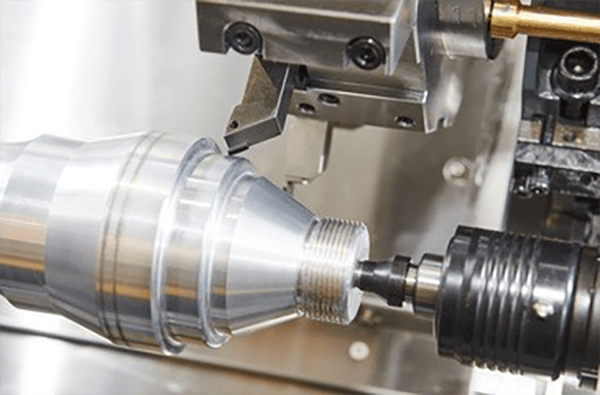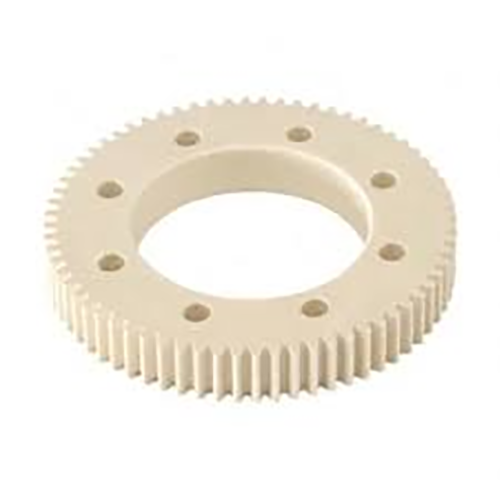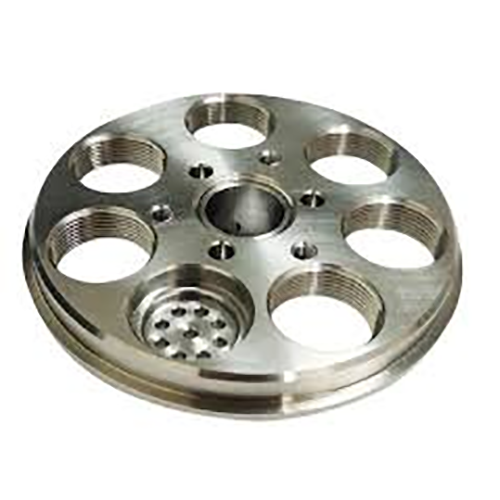
Securing exact surface quality on a machined component is vital.
- Surface finish callouts in engineering drawings provide the exact specifications for the finish of a part
- Technical callouts use Ra, a measure of average irregularity, to quantify finish
- Knowing how to read finish callouts is critical for meeting performance goals
- Prescribed surface characteristics govern lubrication, abrasion, and longevity
- Careful reading of finish callouts enables achieving the planned outcome
Precision Engineering Through CNC Machining

CNC machining represents a game-changing method in production by leveraging computer-aided programs machines execute intricate designs with remarkable accuracy.
- CNC equipment supports building precise items from many material classes
- Broad CNC applicability benefits industries like aerospace, automotive, and healthcare
- Programmed machining assures dependable consistency across manufacturing cycles
From concept models to high-volume manufacturing CNC machining anchors industrial production
Understanding CNC Machine Specifications
Navigating specification tables often appears formidable at first sight
Even so practical familiarity and a systematic plan enable decoding machine specs
Open by noting essential values: spindle speed, feeds, accuracy, envelope, control type
Each of these specifications contributes to the machine's overall performance.
To illustrate, faster spindle rotation fits soft materials and quicker feed improves production rates.
Recognizing these ties supports choosing machines suited to target production
Make sure to read supplier manuals attentively.
Producer documentation frequently delivers important notes and clarifies terminology
What is a CNC Machine? A Comprehensive Guide
Computer numerical control machines denote software-driven tools for precise automated fabrication of many substances They function by reading numerical G-code commands that drive cutting heads and actuators.
- Representative CNC types cover milling tools, turning machines, routers, plasma cutters
- CNC workflows handle steels, aluminum, plastics, woods, and composite laminates
- In addition these machines facilitate quick prototyping and short-run manufacturing for startups and labs
Core Concepts of CNC Machinery
CNC machines represent a remarkable fusion of mechanical precision and sophisticated software control Programmable machines execute software-driven fabrication of straightforward components and complex constructions Primary notion maps digital geometry to tangible fabricated pieces.
- CNC machining
- Software-guided fabrication
It comprises controlled axis moves directed by programmed code Technicians are essential for choosing cutting settings, supervising processes, and validating final quality.
Surface Finish Effects in CNC Production
Delivering planned surface condition during machining is necessary It determines product function and aesthetic quality Workpiece material, tool settings, and secondary finishing processes determine texture.
Superior polishing extends service life; rougher finishes may limit capability CNC machining processes offer a wide range of tools and techniques to achieve the specific surface finish for different applications.
- As an example choosing diverse tool geometries |ceramic cutters|cutting speeds to achieve a desired surface finish
- Moreover post-machining steps like polishing or sanding improve surface quality
Recognizing how feeds, speeds, and tool geometry interact yields optimal finishes.
Understanding CNC Machines: A Beginner's Guide
It constitutes a high-precision manufacturing approach using programmed machine tools to form parts from many materials They interpret digital toolpaths to carve detailed designs reliably Grasping G-code, tool selection, and machine operation underpins successful manufacture
CNC applications stretch across aerospace, automotive, medical device, and electronics industries From complex aerospace components to precise injection molds, CNC is essential for complex parts
Surface Finish Callouts for CNC Machined Parts
Appropriate surface specification is essential during CNC part production It secures that the final item meets both functionality and looks Drawings usually depict finish requirements with Ra roughness values Shown in micrometers or inches, the measurement denotes typical roughness magnitude.
Consider needed smoothness and the part’s application to determine finish requirements

Example: polished finishes often suit parts needing close tolerances and exact mating
Alternatively textured surfaces may aid applications needing traction or increased friction
Include unambiguous roughness values in drawings to specify finish demands Provide the roughness average and detail supplemental processes or treatments needed.
Understand that effective surface annotations are critical to production success
Kinds of CNC Machines and Their Strengths
The world of CNC machining is vast and diverse with a wide array of machines designed to tackle various types of tasks They work with CAD/CAM programs to command cutters and deliver accurate component fabrication.
- Turning centers form shafts rods and cylindrical forms by cutting along axes
- Routers handle flat panel cutting and profiling for non-metal workpieces
- Beam and jet cutting methods enable accurate slicing with differing thermal impacts
Pick machines based on material compatibility, feature detail, and dimensional demands Varied CNC functionalities equip manufacturers in industries from automotive to aerospace.
Attaining Superior Surface Quality via CNC
Realizing premium surface texture is vital and CNC machining supplies tools to accomplish it With exact feed control spindle tuning and proper tool shapes machinists influence finish quality and minimize defects Plus durable cutting materials and appropriate coolant control boost finish quality Strategic toolpath planning and precise machine adjustments result in superior finish quality.
Realizing Finish through CNC Code
Programming mastery of surface parameters is essential for desired outcomes Cutting parameter selection—feed, speed, tool geometry—controls surface finish Precise setting selection and effective coolant control support high-quality finishes.
- Furthermore regular tool maintenance and inspection are essential for ensuring a consistent and high-quality surface finish over time Besides that systematic tool upkeep and monitoring ensure sustained surface quality Also ongoing tool care and what cnc inspection support sustained finish reliability
- To enhance finish consider workpiece material, roughness targets and use case
- Employing simulation software can help visualize and fine-tune cutting parameters before machining reducing the risk of surface defects
- Furthermore regular tool maintenance and inspection are essential for ensuring a consistent and high-quality surface finish over time
